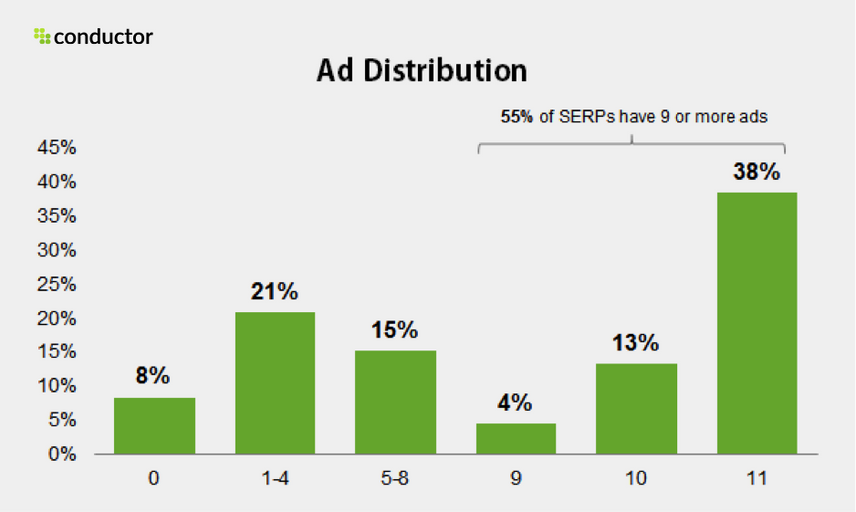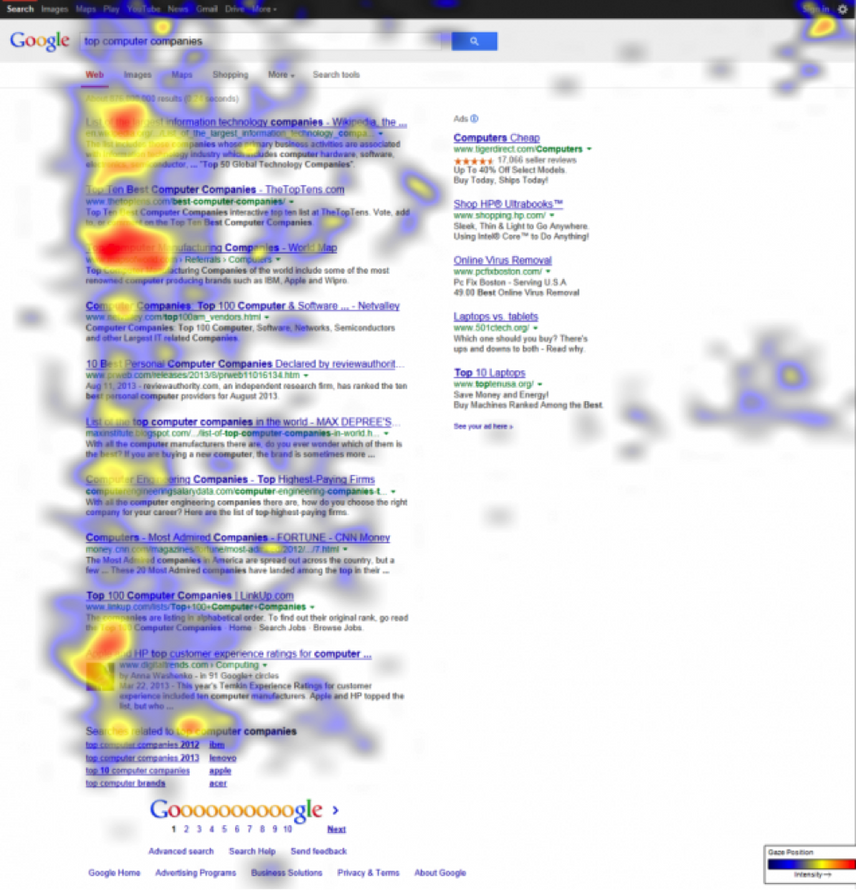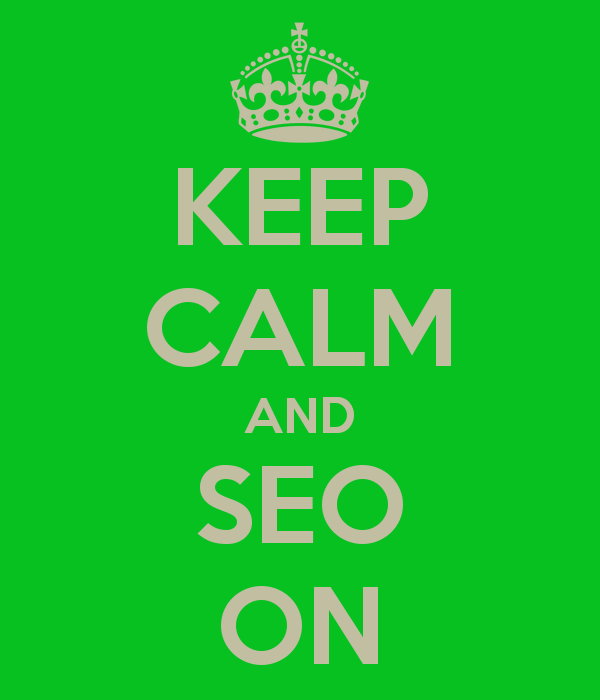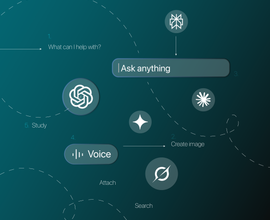[DATA] Don’t Believe the Hype: Ten Blue Links Are Alive and Well in Search
“Ten blue links in search are dead,” has been a common refrain in recent years of the search industry. The data, however, tells a different story.
“Ten blue links in search are dead,” has been a common refrain in recent years of the search industry.
(With all the different things, including SEO itself, being declared dead lately I feel like we need a “what’s now dead?” list somewhere. Whatsnowdeadinsearch.com is available. Just sayin’.)
‘Blue links’ refer to organic results, as opposed to paid or universal elements on the search engine results page (SERP). The saying refers to the proliferation of ‘non-blue link’ elements in the search results and posits that the old days of a purely organic SERPs with only ‘ten blue links’ is no more. Any regular user of the search engines is likely to agree that that this is true; Google and other search engines are clearly on the trajectory of adding more and more rich elements in the search listings. Recent additions including the Knowledge Graph and Carousel confirm Google’s commitment to this approach.
Testing for ‘Ten Blue Links’
Given the chorus of “Ten blue links is dead,” — Bing itself said as much last year — it is fair to wonder the extent to which SERPs have abandoned their ‘blue-link’ focus.
In thinking more about what is meant by ‘ten blue links’ we realized we could measure the extent of the ‘disappearing blue link’ phenomena in the SERPs in two ways:
- Presence of ‘non-blue links’:
The extent to which ‘non-blue links’ (rich media) appear in the search results. This view will tell us how often ‘non-blue link’ elements now appear around the links. - Distribution of organic links:
A distribution of the number of organic links appearing on the search engine results pages. Although this view alone will not tell us the extent to which rich media elements appear around the links, it will tell us the frequency ten blue links now appear.
To test these assumptions, we looked at the search engine results pages for a million and a half keywords, a small subset of Conductor’s SEO Platform database. The keywords represent a broad mix of informational, transactional and navigational queries with a mix of low, medium and high search volumes.
Result 1: 34% of SERPs Have Rich Media
Analysis of the data is a good news-bad news thing for search marketers. First, looking at the extent to which rich elements appear in the SERPs: images appear on 28% of search results pages, news 9%, and shopping 1%.
Overall, search pages had images, news or shopping 34% of the time. While this is not an insubstantial percentage of pages and represents an increase from the past, this means 66% of search pages do not have rich SERP elements, which suggests the SERPs are not being overwhelmed by digital assets to the extent the headlines would have us believe.
Of course these results can vary both individually and collectively based on industry, search volumeSearch Volume
Search volume refers to the number of search queries for a specific keyword in search engines such as Google.
Learn more and other factors. For example, we’d expect to see a higher incidence of shopping results if we were to focus on a bucket of transactional keywords. But, our sample of a million and a half keywords is a good finger-in-the-air test of the occurrence of key rich elements across a broad set of keywords.
Result 2: Nearly 9 out of 10 SERPs Have 9 or More Organic Links
Further analysis brings more good news: 88% of SERPs have 9 or more natural search links, with nearly ¾’s (73%) having exactly ten. Similar to our earlier conclusion, this suggests that there remains significant opportunity for Marketers to appear organically in the search listings and capture market share.
More Than Half of Search Results Pages Have 9 or More Ads
The not-as-good-news for organic search marketers is that paid ads—lots of them—are making their way into the search results. 56% of search pages now have 9 or more paid ads. This finding lines up with Google’s consistent signals (the increase in ads at the top of the search results pages etc…) that their intent is to squeeze more and more revenue from Search by growing ads in both quantity and in size on the SERPs.

But not everything is exactly as it seems.
Although more paid ads in the search results is generally not a good thing for organic search marketers, eye-tracking studies show that increasingly, searchers are tuning out ads and focusing on organic results:

Source: LookTracker eye-tracking study (via Search Engine Journal )
This finding — visually illustrated by the heat map above and confirmed by other similar studies — suggests a phenomenon is occurring in the search results that follows a similar trend taking place in traditional media: an increasingly blind eye to sponsored results.
When was the last time you really noticed an ad in the newspaper? Increasingly, viewers fast forward commercials, and we are all but blind to highway billboards.
When it comes to the search results, the phenomena may be explained as much as a turning an intentional blind eye to sponsored results, as searchers mentally focusing attention on the real estate (organic listings) that contain the information that they want. Whatever the motivation, eye-tracking studies show that the phenomena is very real.

Keep Calm and SEO On
At the end of the day, what does all this mean for Search Marketers?
Yes, it’s true that more digital elements are moving into SERPs, eating into organic search real estate. Yes, paid ads have crept into real estate of some high-traffic SERPs historically occupied by natural search listings. And yes, there are challenges in operating in a monopolized industry, where you are subject to the whims of the incumbent.
But our data shows that the SERPs still have plenty of organic results: nearly 9 out of 10 SERPs have 9 or more ‘blue links’. And, these organic results are important to search engines because they’re important to their customers: although the number of Paid ads in the SERPs is on an upward trend, searcher attention is very much focused on the organic results.
Taken together, we think these factors point to two distinct takeaways for Online Marketers:
- First, our core business remains organic search results. Don’t be distracted, remain focused on your core business and capture your share of organic search traffic.
- Second, take some time to explore where you are appearing in new, emerging areas of the SERPs. With a solid base in organic results, if you allocate some time to discover your visibility and develop a strategy to attack the weaknesses of competitors in digital results you may able to achieve a competitive advantage.
Keep calm and SEO on.







